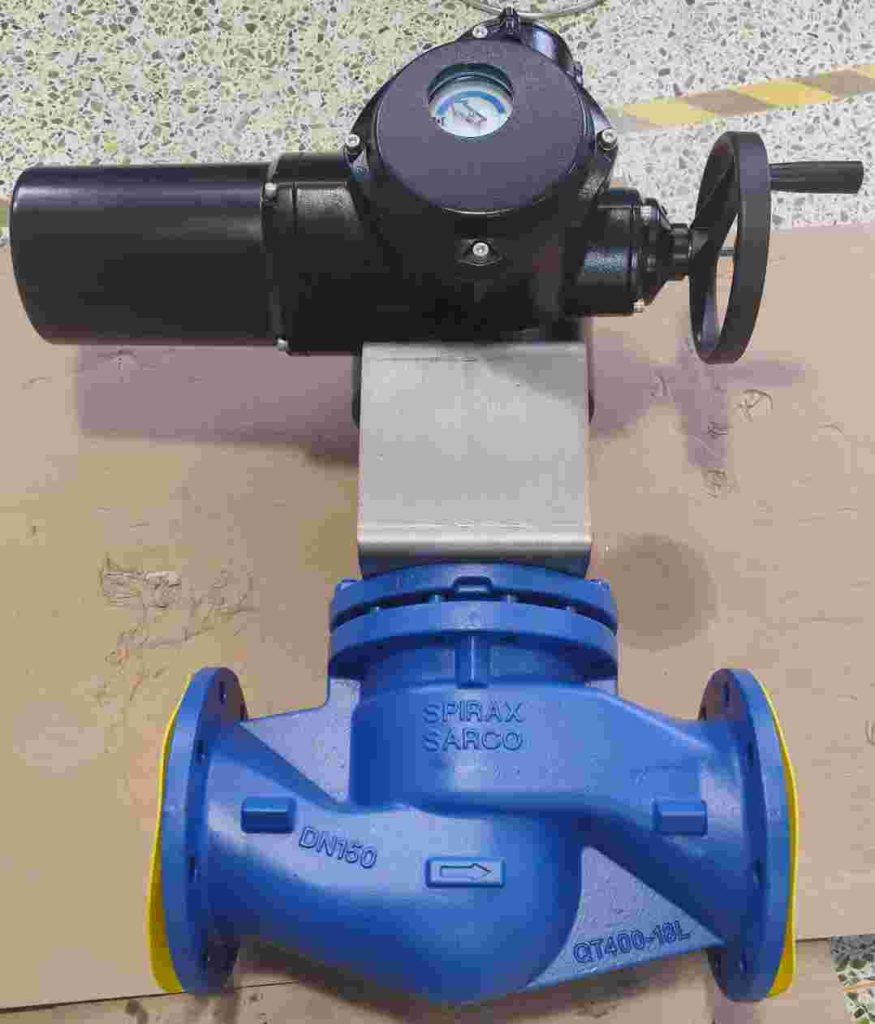The WCB Electric Bellows Stop Valve is a critical component in modern fluid control systems, designed to provide precise control over the flow of fluids in industrial applications. This valve integrates an electric actuator with a bellows seal, making it ideal for a wide range of industries, including oil and gas, chemical processing, power generation, and water treatment. In this article, we will explore the key features, advantages, and applications of the WCB Electric Bellows Stop Valve, and how it contributes to the efficient operation of complex fluid systems.

Understanding the WCB Electric Bellows Stop Valve

The WCB Electric Bellows Stop Valve combines two primary components: the WCB (a type of carbon steel commonly used in valve construction) body and an electric actuator that controls the movement of the valve. The valve features a bellows seal that ensures tight sealing and prevents any leakage of fluids, even under high-pressure conditions. This combination of materials and design enhances the valve’s durability, making it suitable for demanding environments. The electric actuator is powered by electrical energy, allowing for precise control over the valve’s opening and closing. The actuator is connected to a control system that monitors and adjusts the flow rate in real-time. This level of automation allows operators to manage fluid flow with greater accuracy and speed compared to traditional manual valves.
